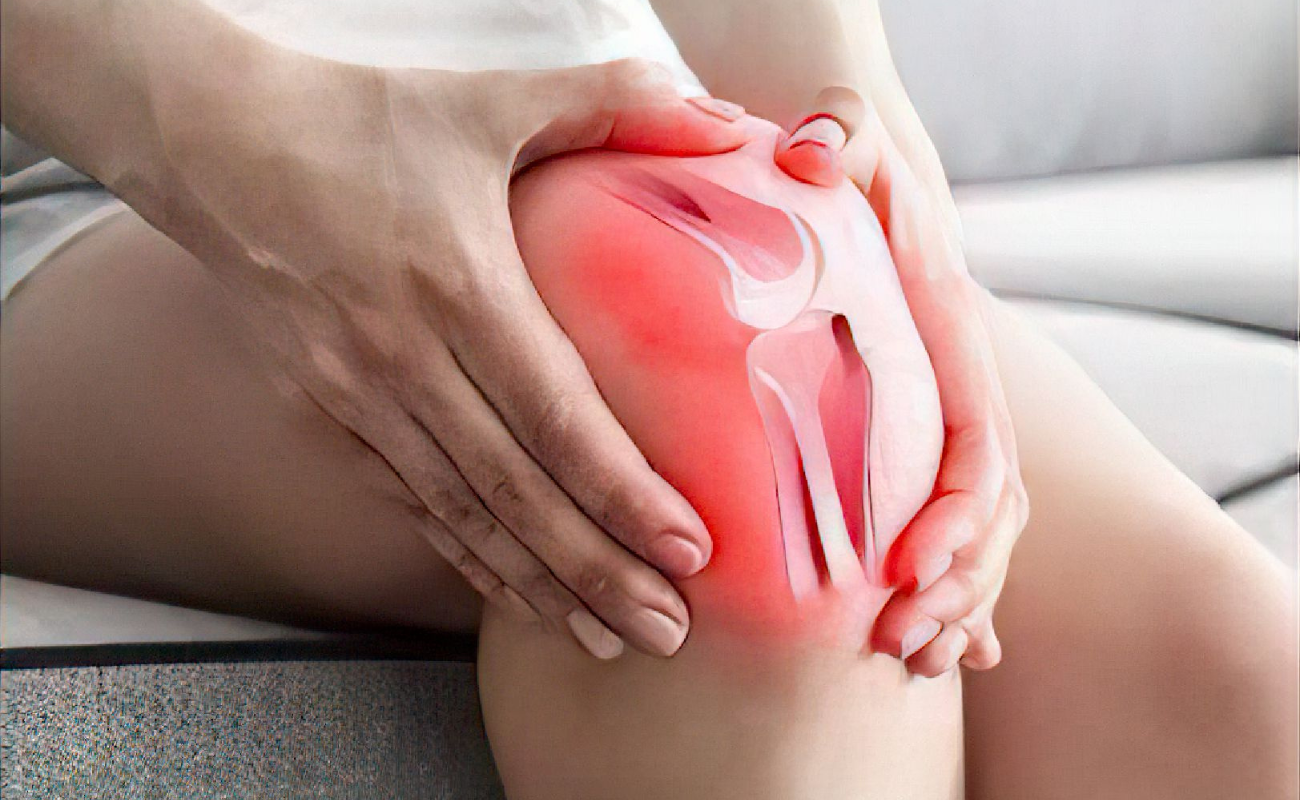Exploring Alternatives to Traditional Knee Replacement Surgery

October 13, 2023
Knee pain and degenerative joint conditions can be debilitating, affecting one's quality of life and limiting mobility. Traditional knee replacement surgery has long been the go-to solution for severe knee issues, but it's not always the best or only option. In recent years, advancements in medical technology and innovative approaches have paved the way for alternative treatments and procedures that can help patients avoid or delay traditional knee replacement surgery. In this blog, we'll explore these alternatives in detail.
Understanding the Need for Alternatives
Traditional knee replacement surgery, also known as total knee arthroplasty (TKA), involves removing damaged or arthritic joint surfaces and replacing them with prosthetic components. While TKA is highly effective for many patients, it comes with certain limitations and risks, such as:
1. Limited Lifespan of Implants
Prosthetic knees have a finite lifespan, and younger patients may require multiple revision surgeries over their lifetime. This can be a major concern for active individuals who want to maintain their mobility and quality of life.
2. Post-Surgery Rehabilitation
Recovery from TKA can be lengthy, involving physical therapy and a period of limited mobility. This can be challenging for older patients or those with comorbidities that may affect their ability to participate in rehabilitation.
3. Risk of Infection
As with any surgical procedure, there's a risk of infection associated with TKA. This can be particularly concerning for patients with underlying health issues or compromised immune systems.
4. Not Suitable for Everyone
TKA may not be the best option for individuals with certain medical conditions or those who are very active. These patients may benefit from alternative treatments instead.
Given these considerations, exploring alternatives to TKA is a reasonable approach for many patients.
Exploring Alternative Options
Fortunately, there are several alternatives to traditional knee replacement surgery that may be suitable for individuals who want to avoid or delay TKA. These include:
1. Partial Knee Replacement (PKR)
Unlike TKA, which replaces the entire knee joint, PKR only replaces the damaged portion of the knee. It's a minimally invasive procedure with a quicker recovery time.
PKR is suitable for patients with localized knee arthritis or damage, often affecting only one compartment of the knee joint. It's also an option for those who want to preserve as much of their natural knee as possible.
Benefits:
- Faster recovery compared to TKA.
- Preserves natural knee structures.
- Suitable for younger, active patients.
2. Stem Cell Therapy
This regenerative medicine approach involves using a patient's own stem cells or donor stem cells to promote tissue repair and regeneration. It's an emerging treatment option for knee arthritis and cartilage damage.
Stem cells are injected into the affected joint, where they may help repair damaged cartilage and reduce inflammation.
Stem cell therapy is an option for patients with mild to moderate knee arthritis or cartilage damage who want to avoid surgery.
Benefits:
- Minimally invasive.
- Potential for tissue regeneration.
- Reduced inflammation and pain.
3. Viscosupplementation
This non-surgical treatment involves injecting a gel-like substance called hyaluronic acid (HA) into the knee joint. HA is a natural component of synovial fluid, which lubricates the joints.
Viscosupplementation improves joint lubrication and reduces friction in the knee joint, which can help relieve pain and improve mobility.
Viscosupplementation is typically recommended for patients with mild to moderate knee osteoarthritis.
Benefits:
- Non-surgical and minimally invasive.
- Can provide relief for several months.
- Low risk of side effects.
4. Platelet-Rich Plasma (PRP) Therapy
PRP therapy involves drawing a small amount of the patient's blood, processing it to concentrate platelets, and then injecting the platelet-rich plasma into the knee joint.
Platelets contain growth factors that can stimulate tissue repair and reduce inflammation, potentially alleviating knee pain.
PRP therapy is often considered for patients with mild to moderate knee osteoarthritis or those seeking a non-surgical option.
Benefits:
- Minimally invasive.
- May promote natural healing.
- Low risk of adverse reactions.
5. Custom-Made Orthotics and Bracing
These are devices designed to provide support and alleviate knee pain by optimizing joint alignment and stability. Custom-made orthotics are shoe inserts that correct gait abnormalities, while braces provide external support to the knee joint.
These options are suitable for patients with knee pain caused by issues like misalignment or instability.
Benefits:
- Non-surgical and non-invasive.
- Can improve knee function and reduce pain.
- Customized to the patient's specific needs.
6. Physical Therapy and Exercise
These are essential components of conservative management for knee pain and arthritis. Physical therapists design exercise programs to improve strength, flexibility, and joint function.
Targeted exercises help stabilize the knee joint, reduce pain, and improve overall mobility.
Physical therapy and exercise programs are suitable for patients at various stages of knee pain, from mild discomfort to more severe arthritis.
Benefits:
- Non-surgical and drug-free.
- Can improve joint function and reduce pain.
- Promotes overall physical well-being.
7. Weight Management and Lifestyle Changes
Excess body weight places additional stress on the knee joints, exacerbating pain and degeneration.
Losing weight through a combination of diet and exercise can reduce the load on the knees, potentially relieving pain and improving function. Weight management and lifestyle changes are beneficial for individuals with knee pain, especially if excess weight is a contributing factor.
Benefits:
- Non-invasive.
- Reduces joint stress.
- Promotes overall health and well-being.
Conclusion
While traditional knee replacement surgery remains a highly effective option for many patients with severe knee issues, it's not the only path to pain relief and improved function. These alternative treatments and approaches offer hope and potential solutions to those looking to delay or avoid surgery altogether.
Always consult with a qualified healthcare professional to determine the most suitable option for your unique circumstances. Whether it's partial knee replacement, regenerative therapies like stem cell or PRP, non-invasive treatments like viscosupplementation or custom orthotics, or lifestyle changes, there are viable alternatives to explore on your journey to knee pain relief and better mobility.
